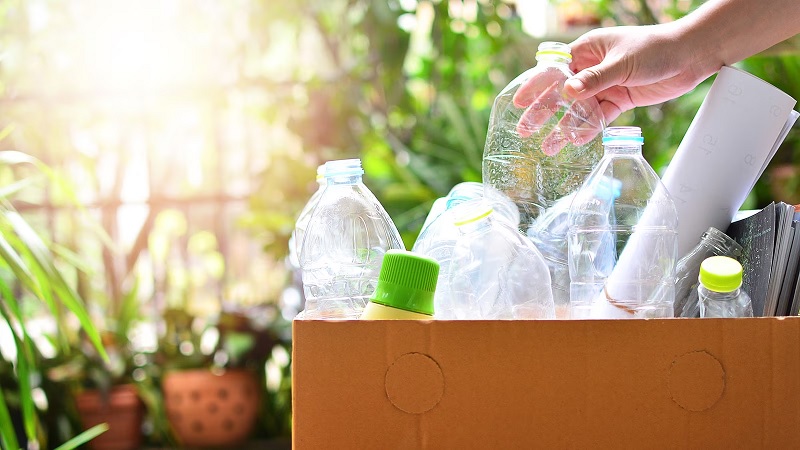According to National Geographic, plastic pollution is one of the greatest environmental threats of our time. It’s estimated that 8 million tons of plastic waste enter the world’s oceans every year and causes serious damage to marine animals, habitats, and ecosystems. To tackle this issue, many companies are turning towards sustainable plastics to reduce their reliance on fossil fuel-based materials.
In this article, we’ll look at the different techniques and technologies used to create sustainable plastics. We’ll also discuss the potential benefits of using these materials, such as a reduced carbon footprint and increased sustainability goals.
Table of Contents
ToggleHistory and Impact of Plastics
Plastic pollution has been a problem since the 1950s when large-scale industrial production of this material began. Since then, plastic waste has found its way into our oceans, landfills, and even our food supply. This plastic can take hundreds of years to degrade and often contains toxins that are harmful to both wildlife and humans.
Fortunately, new technologies and processes are being developed to make sustainable plastics more accessible. These alternatives offer a safer and more environmentally friendly option for businesses looking to reduce their plastic waste.
What is Sustainable Plastic?
Sustainable plastic, also known as “green plastic”, is any type of plastic material that has been manufactured in a way that avoids the use of fossil fuels. This is done by using renewable plant-based materials, such as cornstarch and sugarcane, to create biodegradable plastics.
Additionally, recycled plastic can also be used to reduce production costs and create new products from old materials. There are several different types of recycling processes, such as chemical and mechanical, that allow for the reuse of plastic waste.
Technologies for Sustainable Plastics
One of the most popular methods used to create sustainable plastic is a process called “straw making”. This involves using a straw-making machine to break down and reshape discarded plastic into new materials. The result is a strong, reusable material that can be used in place of traditional plastic products.
Another technology used to create sustainable plastics is 3D printing. This process allows for the creation of intricate designs and shapes that are difficult to make with traditional methods. Additionally, it eliminates waste by using only the exact amount of material needed for each product.
There is also a growing interest in using fungi to create sustainable plastics. This involves using the natural abilities of certain types of fungi to break down plastic and other materials into usable components. The result is a biodegradable material that can be used in place of traditional plastic products.
Benefits of Sustainable Plastics
There are several benefits to creating and using sustainable plastics instead of traditional materials. For starters, these materials can help reduce our reliance on fossil fuels and thereby lower our carbon footprint. The use of recycled plastic also helps to avoid the need for additional production, which can lead to a decrease in plastic pollution and landfill waste.
Furthermore, sustainable plastics are often more durable than their traditional counterparts. This can help to reduce product waste and extend the life of products. If products can be reused and recycled, it helps to reduce our reliance on new materials and keeps them out of landfills.
Finally, using sustainable plastics can also lead to lower production costs since there is less reliance on costly fossil fuels and more use of renewable materials. This only furthers our sustainability goals and the world’s shift away from traditional plastic materials.
Conclusion
Overall, sustainable plastics are a great alternative to traditional materials and can help reduce our reliance on fossil fuels. This new material offers many benefits, including a reduced carbon footprint, increased durability, and lower production costs. With the continued development of new technologies and processes, sustainable plastics will certainly continue to become more accessible and widely used in the future.







